El Paso Water Quality at a Glance
some concerns
Is El Paso Water Safe to Drink?
Generally Yes – El Paso water meets federal standards and the utility is a national leader in water innovation. However, naturally occurring arsenic is detected at concerning levels (up to 21 PPB), and the city has some of the highest chromium-6 levels among major U.S. cities. PFAS has been detected at a few locations but below proposed regulatory thresholds. El Paso’s desert climate and innovative Pure Water Center (opening 2028) demonstrate forward-thinking water management.
⚠️ Key Concerns for El Paso Residents
- Arsenic: Naturally occurring in aquifer rocks, averaging 6.6 PPB with peaks up to 21 PPB
- Chromium-6: Among highest in U.S. cities at 2,400 PPT (120x higher than negligible cancer risk level)
- PFAS “Forever Chemicals”: Detected at few locations but below regulatory thresholds
- Disinfection Byproducts: Formed when chlorine reacts with organic matter, linked to cancer risk
Read the full report below for detailed analysis, source information, and actionable recommendations for El Paso residents.
El Paso – Texas – Water Quality Report 2025: PFAS Testing, Infrastructure Concerns & Safety across your city
El Paso Water (EPWater) manages an innovative water system serving approximately 700,000 residents in the Chihuahuan Desert, where average rainfall is less than 9 inches annually. Established in 1952, the El Paso water utility operates in one of the most water-stressed regions in the United States, maintaining approximately 2,600 miles of water mains, multiple water treatment plants, and groundwater wells. The system delivers around 100 million gallons daily across the El Paso metropolitan area.
El Paso draws drinking water from three primary sources: the Rio Grande River (seasonal surface water), Hueco Bolson and Mesilla Bolson aquifers (groundwater), and increasingly from reclaimed wastewater through advanced treatment processes. The utility maintains a diverse water portfolio through comprehensive resource management and industry-leading conservation programs. El Paso’s water system has been internationally recognized for its innovative approach to sustainable desert water management, including the groundbreaking Pure Water Center opening in 2028 – the first direct-to-distribution wastewater reuse facility in the United States. The city continues to address challenges with naturally occurring arsenic, chromium-6, and aging infrastructure while maintaining some of the most advanced water management practices globally.

El Paso Water Quality: Current Status (2024-2025)
Latest Testing Results
- Comprehensive Testing: The most recent water quality report (2024) shows El Paso’s drinking water meets or exceeds all federal and state standards, with over 45,000 water quality tests conducted annually throughout the system and 375,000 tests performed at their accredited International Water Quality Lab.
- Lead Testing: 90th percentile lead levels measured at 1.1 ppb, significantly below the EPA action level of 15 ppb, reflecting El Paso’s effective corrosion control program and absence of lead service lines.
- Compliance Status: El Paso Water maintains full compliance with all EPA and Texas Commission on Environmental Quality (TCEQ) drinking water regulations as of the most recent quarterly assessment (April-June 2024).
Diverse Water Sources
- Rio Grande: Provides approximately 40% of supply (seasonal operation from March to September), treated at the Robertson/Umbenhauer and Jonathan Rogers Water Treatment Plants.
- Groundwater: Hueco and Mesilla Bolson aquifers supply about 50% of annual water needs through a network of 150+ wells throughout the city.
- Reclaimed Water: Advanced treated wastewater provides approximately 10% of supply for irrigation, industrial uses, and through indirect potable reuse via managed aquifer recharge.
Advanced Treatment Technology
- Desalination: The Kay Bailey Hutchison Desalination Plant, the largest inland desalination facility in the United States, treats brackish groundwater from the Hueco Bolson aquifer, producing 27.5 million gallons of fresh water daily.
- Conventional Treatment: Surface water plants utilize coagulation, sedimentation, filtration, and disinfection processes tailored to variable Rio Grande water quality.
- Pure Water Center: The groundbreaking Advanced Water Purification Facility, breaking ground in 2025 and operational by 2028, will be the first direct-to-distribution wastewater reuse facility in the United States, using multiple treatment barriers including reverse osmosis, UV light, and hydrogen peroxide to produce 10 million gallons of drinking water daily.
Infrastructure and Conservation
- Pipeline Management: Annual replacement of approximately 20 miles of aging water mains, prioritizing leak-prone areas and critical transmission lines. The city’s water system averages 50 years old and is undergoing comprehensive modernization.
- Conservation Leadership: Comprehensive water conservation program has reduced per capita consumption from 225 gallons per day in 1990 to less than 130 gallons today, making El Paso a national model for desert water management.
- Aquifer Storage: Managed aquifer recharge programs store excess surface water underground during wet periods for use during drought conditions.
Current Water Quality Concerns
- Arsenic: Naturally occurring arsenic averages 6.6 ppb but has been detected as high as 21 ppb in some areas. While meeting EPA standards, levels exceed health guidelines established by California’s Office of Environmental Health Hazard Assessment.
- Chromium-6: El Paso has some of the highest chromium-6 levels among major U.S. cities, averaging 2,400 parts per trillion – approximately 120 times higher than levels determined to have negligible cancer impact.
- PFAS Monitoring: Under EPA’s UCMR5 program, PFAS has been detected at a few locations but generally below proposed regulatory thresholds. The utility is preparing treatment systems for future PFAS regulations.
Customer Protection Initiatives
El Paso Water provides extensive customer support including free water quality testing upon request, conservation rebate programs, and payment assistance for qualified residents. The WaterSmart program offers tools for monitoring water usage, while educational outreach helps residents understand water quality and conservation in this desert environment. El Paso’s commitment to environmental justice includes prioritizing infrastructure improvements throughout the service area while maintaining transparent communication about water quality and system sustainability. The city’s forward-thinking approach to water management, combining conservation, diversification, and technology, has made El Paso a model for water sustainability in arid regions across the American Southwest and beyond.
Recommendations for El Paso Residents
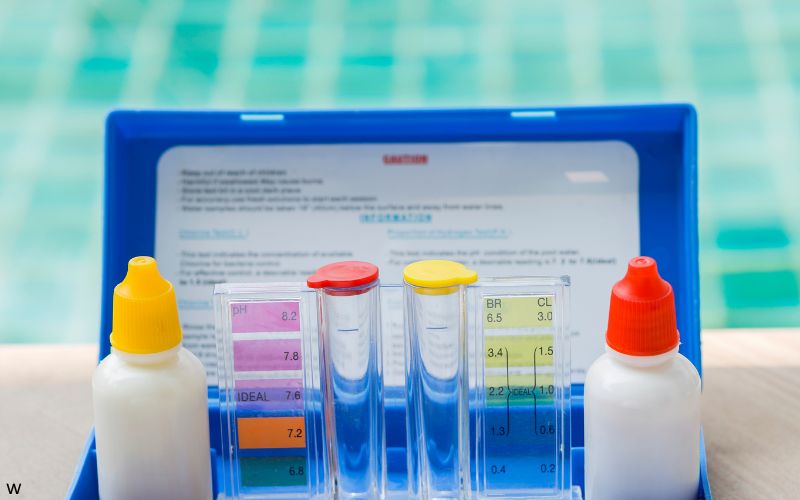
Request Water Testing
Request free water quality testing by calling El Paso Water at (915) 594-5500 or visiting epwater.org/quality. This is especially important for areas with known arsenic or chromium-6 concerns, and for older homes with copper plumbing installed before 2014.
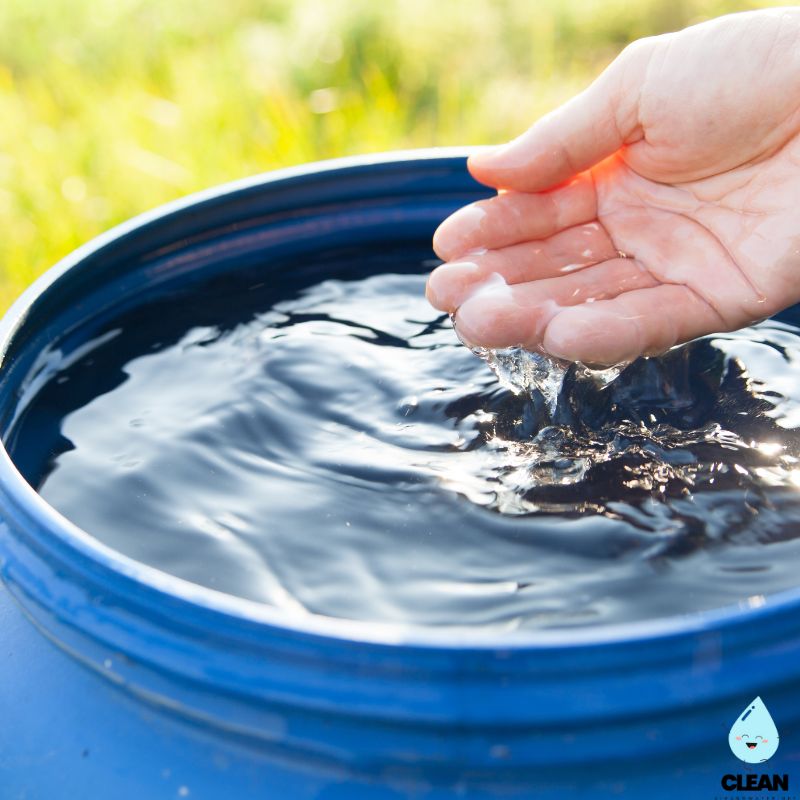
Conserve Water
Take advantage of conservation rebates for water-efficient fixtures and xeriscaping. Visit epwater.org/conservation or call (915) 594-5508 to learn about available rebates for high-efficiency toilets, washing machines, and desert landscaping.
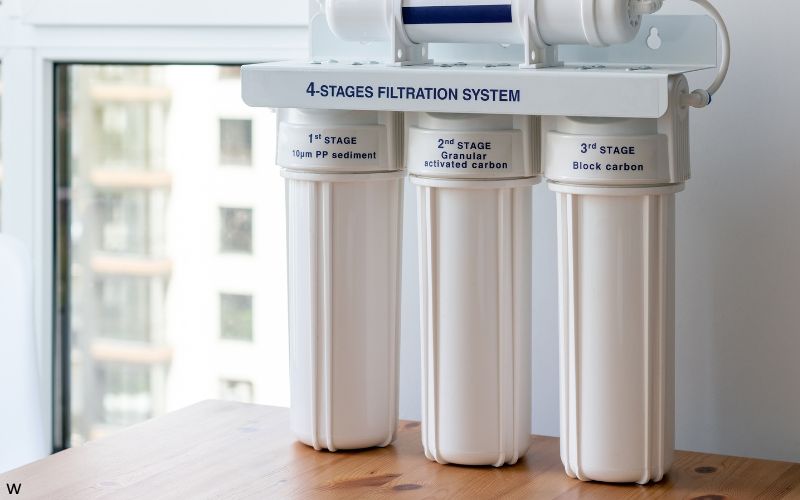
Consider Filtration
While El Paso’s water meets federal standards, residents concerned about arsenic, chromium-6, or disinfection byproducts may benefit from certified filtration systems. Select NSF-certified products appropriate for your specific concerns and water source.

Flush Pipes After Absence
If water has been sitting in pipes for several days, run cold water for 3-5 minutes before using for drinking or cooking. This is especially important after returning from vacation or for rarely used fixtures.

Report Issues
Contact El Paso Water at (915) 594-5500 immediately for water main breaks, pressure problems, or quality concerns. For after-hours emergencies, call (915) 594-5700. You can also report issues through the EP311 mobile app.
Quality News About Your Water
Get the comprehensive water quality news coverage you need with our dedicated US Water News Service. From coast to coast, we deliver in-depth reporting and expert analysis on PFAS contamination, EPA regulatory changes, infrastructure developments, and emerging water safety issues affecting communities nationwide. While mainstream media only covers the biggest stories, we provide the detailed, ongoing coverage that helps you understand the full scope of America’s water challenges. Whether you’re a concerned citizen, water professional, or community leader, our daily updates and analytical insights keep you informed about the issues that matter most to public health and environmental safety.
Frequently Asked Questions
Is El Paso’s tap water safe to drink?
Yes, El Paso’s tap water meets all federal and state drinking water standards. The city’s water comes from a combination of river water and groundwater sources and undergoes comprehensive treatment including conventional filtration, desalination, and disinfection.
Unlike many older cities, El Paso does not have lead service lines in its distribution system. Recent testing shows 90th percentile lead levels at just 1.1 ppb, well below EPA action levels. The main water quality challenges in El Paso relate to naturally occurring arsenic (averaging 6.6 ppb), chromium-6 levels among the highest in major U.S. cities, and water hardness due to the desert environment. While meeting federal standards, some residents may want additional filtration for these specific contaminants. The utility provides free water quality testing for concerned residents.
Why is El Paso’s water so hard?
El Paso’s water hardness is a natural result of its desert environment and water sources:
• Groundwater minerals: As water moves through underground aquifers, it dissolves naturally occurring calcium and magnesium minerals from limestone and other rock formations.
• Rio Grande water: The river also carries dissolved minerals from its watershed.
• Evaporation effects: High evaporation rates in the desert concentrate minerals in water sources.
Water hardness varies seasonally and by neighborhood depending on which source supplies your area. Rio Grande water (available March-September) is typically softer than groundwater. While hardness affects taste and can cause scale buildup, it poses no health concerns. In fact, the calcium and magnesium in hard water provide beneficial dietary minerals.
What is El Paso’s desalination plant?
The Kay Bailey Hutchison Desalination Plant is a critical component of El Paso’s water supply system:
• Largest inland facility: At 27.5 million gallons per day capacity, it’s the largest inland desalination plant in the United States
• Source water: Treats brackish (slightly salty) groundwater from the Hueco Bolson aquifer that was previously unusable
• Process: Uses reverse osmosis technology to remove salts and other dissolved solids
• Benefits: Increases El Paso’s water supply by about 25%, providing drought resistance and allowing sustainable use of freshwater aquifers
• Environmental considerations: Concentrate (brine) from the process is injected into deep wells below freshwater zones
The plant, which began operation in 2007, represents a major innovation in municipal water management for inland desert communities.
Are there water restrictions in El Paso?
El Paso maintains year-round water conservation ordinances and implements seasonal restrictions:
Year-Round Requirements:
• No outdoor watering between 10 a.m. and 6 p.m. (April-September)
• Leaks must be repaired within 5 days
• No water waste (runoff into streets, etc.)
• Restaurant water served only upon request
Even-Odd Watering Schedule (April-September):
• Even-numbered addresses: Tuesday, Thursday, Saturday
• Odd-numbered addresses: Wednesday, Friday, Sunday
• No residential watering on Mondays
During severe drought, additional restrictions may be implemented. Current watering schedules and any additional restrictions are available through the EPWater website or by calling (915) 594-5508.
Water Quality Considerations
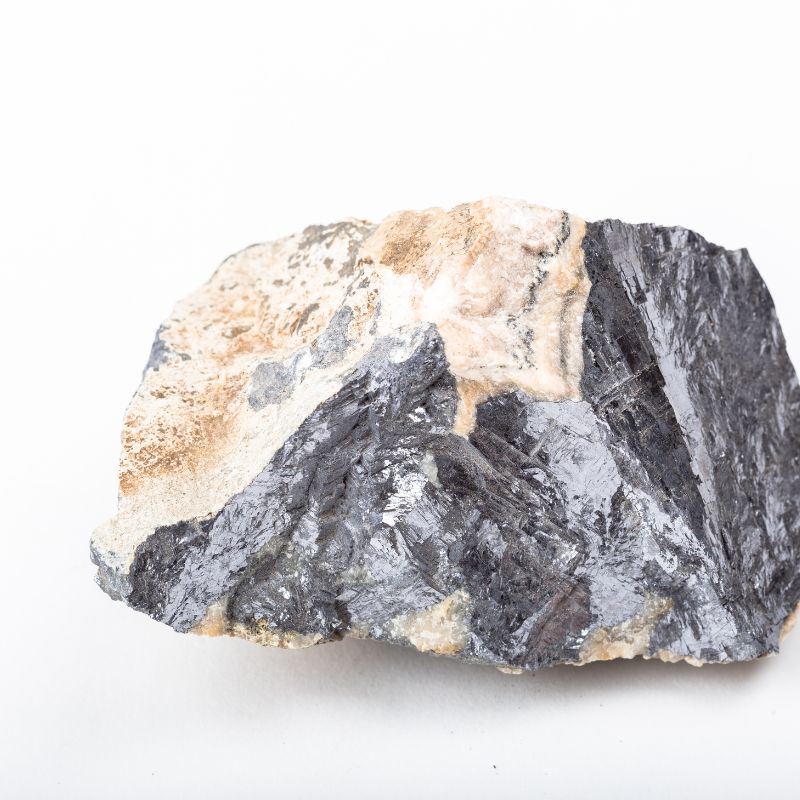
Arsenic
Source: Naturally occurring in aquifer rocks and minerals, dissolved into groundwater over time from geological formations in nearby mountains
Health Concerns: Known carcinogen linked to cancer, skin damage, and circulatory problems at high concentrations
Current Levels: Averages 6.6 ppb, with highest detection at 21 ppb; meets EPA standard of 10 ppb but exceeds California health guidelines of 0.004 ppb
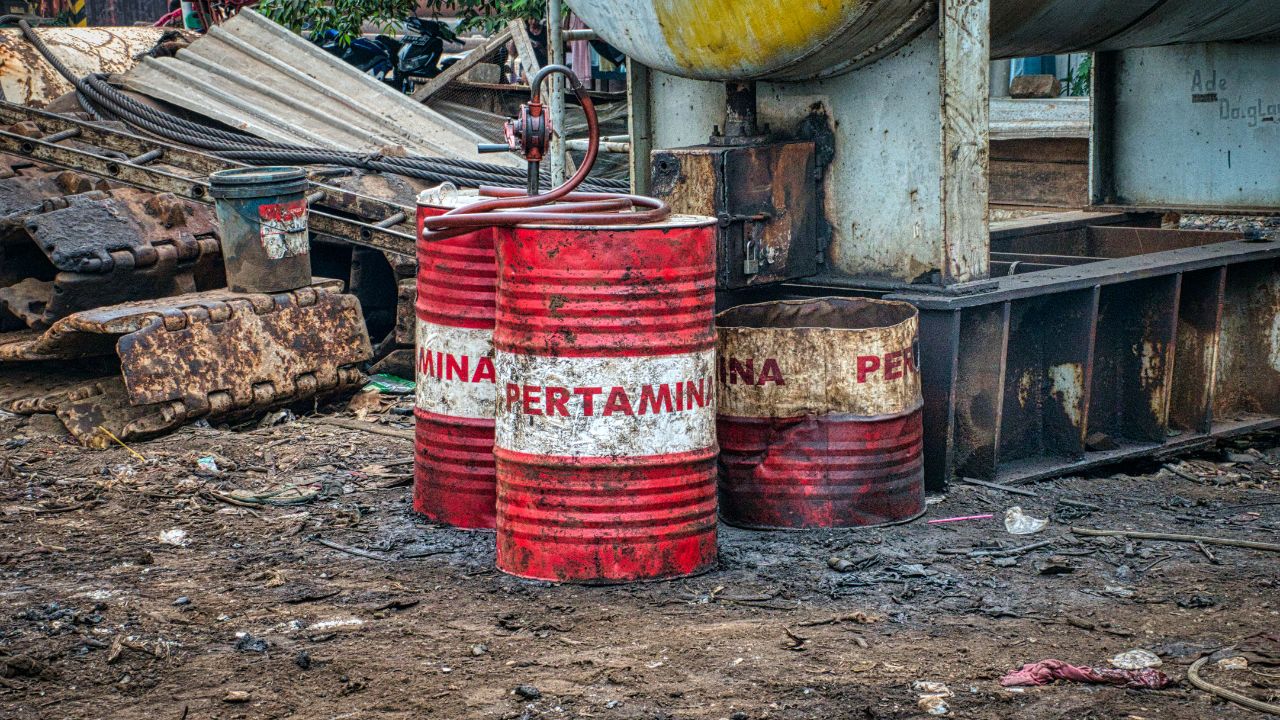
Chromium-6
Source: Industrial activities and natural geological processes; not currently regulated by EPA despite known health risks
Health Concerns: Highly toxic metal and known carcinogen linked to increased cancer risk
Current Status: Averages 2,400 parts per trillion – approximately 120 times higher than levels determined to have negligible cancer risk; among highest levels in major U.S. cities
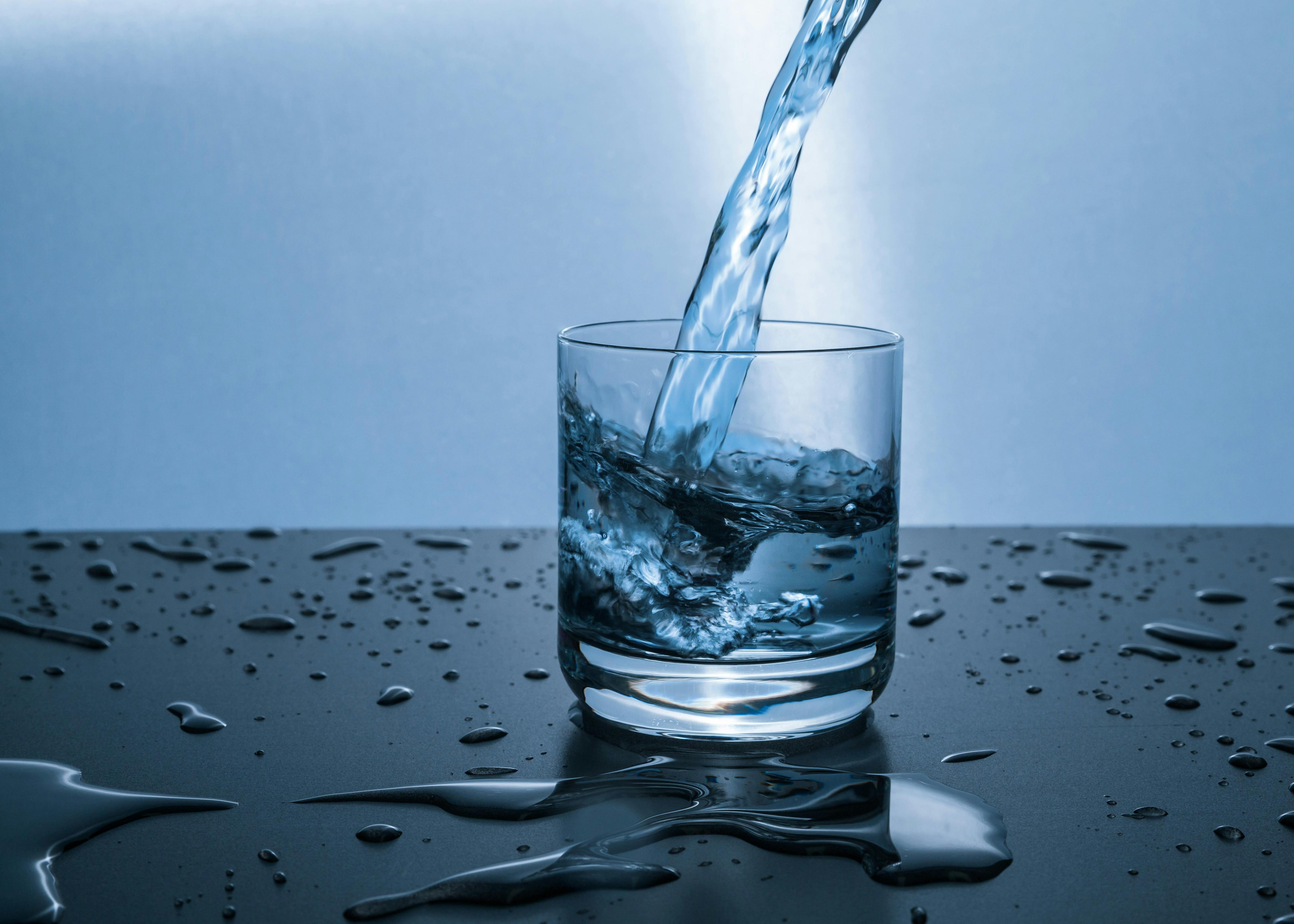
Water Hardness
Source: Natural calcium and magnesium minerals dissolved from rock formations in aquifers and the Rio Grande watershed
Effects: Scale buildup on fixtures, reduced soap lathering, spots on dishes and glassware; no health concerns (minerals actually provide nutritional benefits)
Current Levels: Varies by season and neighborhood from moderately hard (100-170 mg/L) to very hard (250+ mg/L)
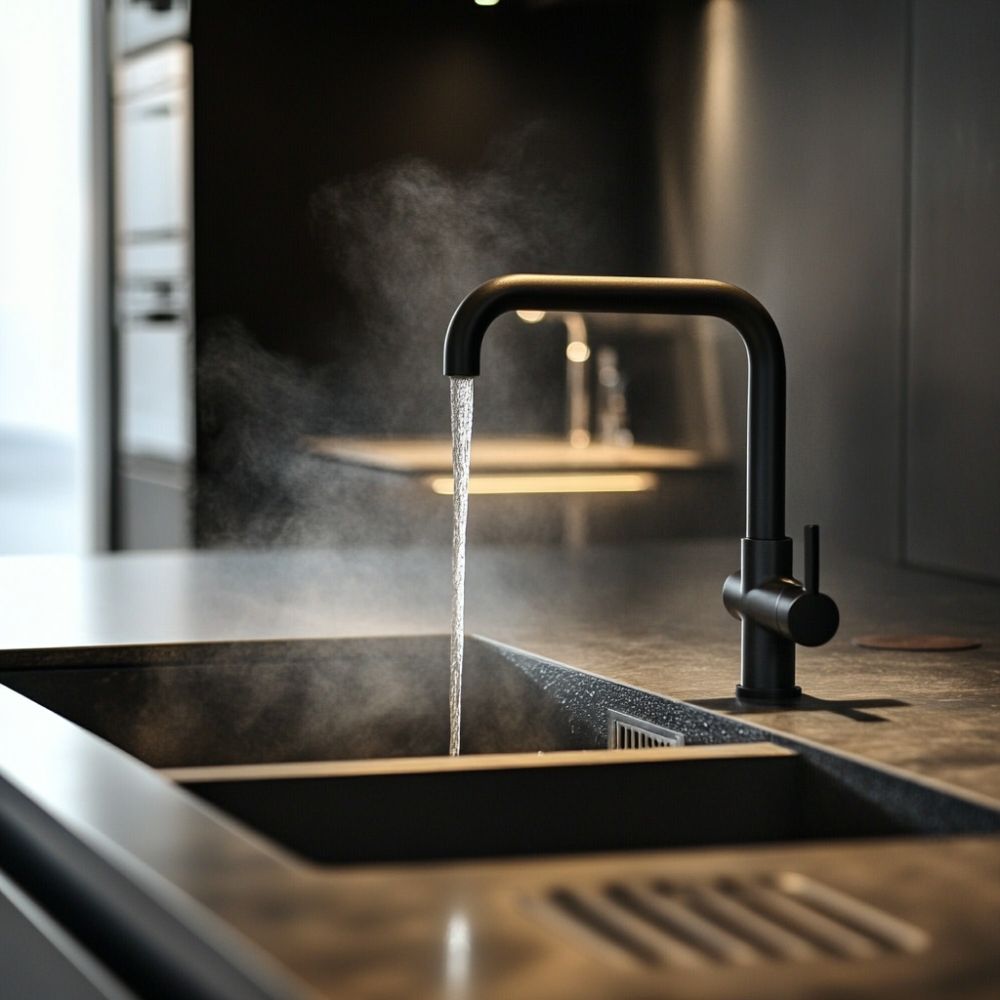
Total Dissolved Solids (TDS)
Source: Natural minerals in groundwater sources; higher in desert environments due to evaporation effects and geologic formations
Effects: Affects taste of water but poses no health risk at El Paso’s levels; may impact performance of appliances over time
Current Status: Ranges from 300-650 mg/L depending on source; below the EPA secondary standard of 1,000 mg/L; desalination technology helps manage TDS levels
Please read – our information
The information presented on cleanairandwater.net is compiled from official water quality reports, trusted news sources, government websites, and public health resources. While we strive for accuracy and thoroughness in our presentations, we are not scientists, engineers, or qualified water quality professionals.
Our mission is to present water quality information in an accessible, real-world format that helps people understand what’s in their water and make informed decisions about their health and safety. We believe that complex environmental information should be available to everyone in a format that’s easy to understand.
We make every effort to ensure our content is current and accurate, but we cannot guarantee that all information is complete or error-free. This website should not replace official communications from your local water utility or health department. We always recommend consulting official sources for the most up-to-date information regarding your specific water system.
Clean Air and Water is not liable for any unintentional errors, omissions, or outdated information. The content on this site is provided for informational purposes only and should not be considered professional advice.


